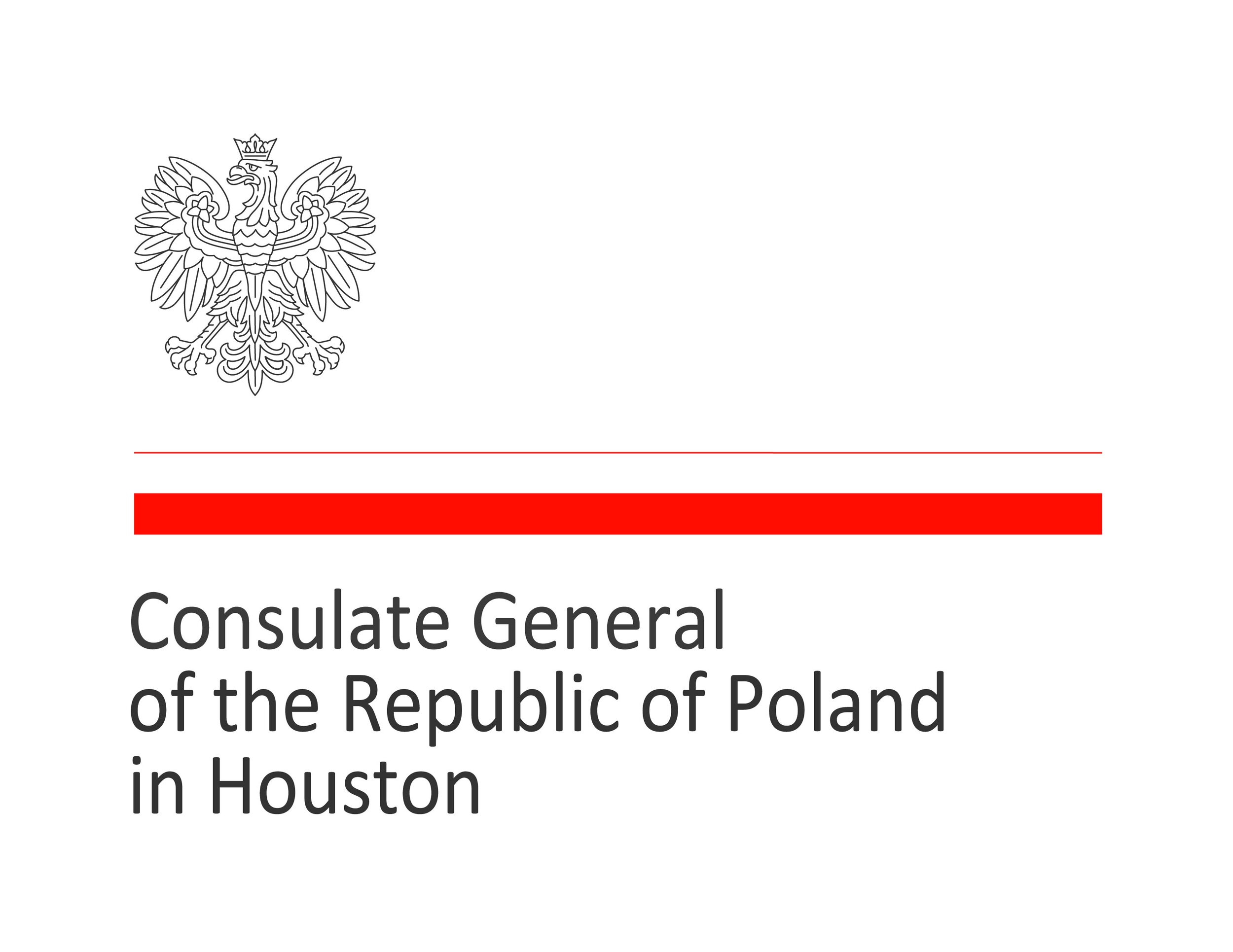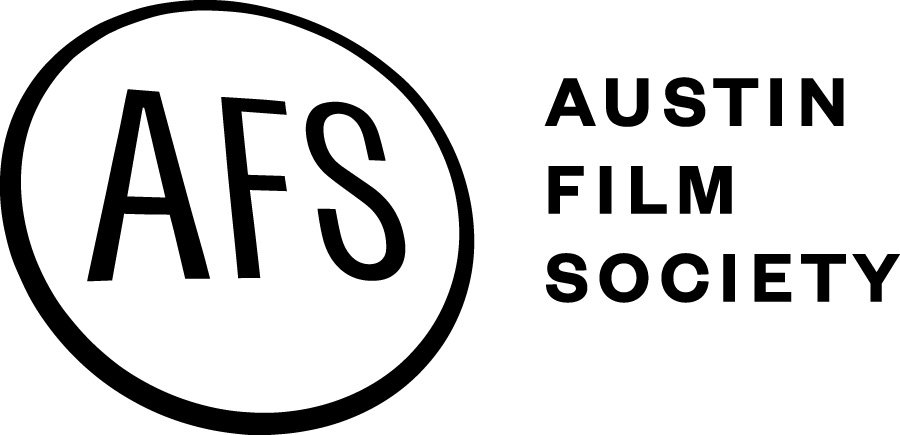“The Saragossa Manuscript” – the Labyrinth of Wojciech Jerzy Has’s Imagination
/The Saragossa Manuscript,” dir. Wojciech Jerzy Has, 1965. As Alphonse van Worden: Zbigniew Cybulski.
Photo: press materials.
A Masterpiece Beyond Time
“The Saragossa Manuscript” (1965), directed by Wojciech Jerzy Has, is one of the most original and enigmatic works in the history of world cinema. The adaptation of the novel by Jan Potocki—an Enlightenment-era aristocrat, traveler, and writer—defies clear classification. It is at once an adventure film, a philosophical treatise, a grotesque, and a metaphor for the human condition and the search for meaning. Has created a complex world in which reality, dream, and fantasy continually intertwine.
The Plot as a Labyrinth
The story unfolds in Napoleonic Spain. Captain Alphonse van Worden (played by Zbigniew Cybulski) travels through the Sierra Morena mountains, where he experiences a series of extraordinary adventures. He encounters Arab princesses, Kabbalists, bandits, scholars, noblemen, and characters hovering between life and death. Each encounter opens a new story—often embedded within another—forming a tale within a tale structure reminiscent of The Thousand and One Nights or Boccaccio’s Decameron.
Has leads the viewer into a labyrinth of narratives, where stories nest inside one another, characters continually shift roles, and the boundary between illusion and reality dissolves entirely. The result is a kind of metaphysical theater of the world, in which humanity seeks to understand its own identity.
Time and Space – The Philosophy of Has
Wojciech Has was a filmmaker who treated cinema as an art of memory. In his films, time does not flow linearly—it becomes a collage of memories, dreams, and mental states. In The Saragossa Manuscript, time loops back on itself, and space transforms. The protagonist returns to the same places and encounters the same characters, as if taking part in a ritual of repetition.
This is a cinema about the impossibility of escaping the labyrinth of one’s own consciousness. There is no true beginning or end—only a constant unveiling of new layers of reality. Has uses this form to challenge faith in a logical order of the world and to portray the human being as an existence caught in a state of eternal cognitive wandering.
“The Saragossa Manuscript,” dir. Wojciech Jerzy Has, 1965. Photo: press materials.
The Character of Alphonse van Worden
Van Worden is a quintessential Hasian hero—lost, uncertain, and suspended between worlds. Zbigniew Cybulski, known for his iconic role as Maciek Chełmicki in Ashes and Diamonds, undergoes a complete transformation here. Instead of rebellion and action, he conveys constant wonder, his face reflecting bewilderment before the mystery of existence.
In van Worden’s character lies a universal symbol: a human being in search of the absolute, continually confronted with new illusions. His journey becomes a spiritual initiation—a passage from naïveté to knowledge, though this knowledge is never complete.
The supporting cast includes Leon Niemczyk, Iga Cembrzyńska, Bogumił Kobiela, Gustaw Holoubek, and Elżbieta Czyżewska—each adding a distinct tone to the film’s mosaic of meanings.
The Aesthetics and Style of Has
The Saragossa Manuscript is also a visual masterpiece. Cinematographer Mieczysław Jahoda crafted images rich in symbolism, color, and light, evoking the atmosphere of the Spanish desert, mysterious caves, and opulent palatial interiors. The set design by Jerzy Skarżyński borders on the surreal—the décor seems to belong more to the realm of dreams than to that of reality.
Has, a master of cinematic space, builds tension through rhythm and repetition. The viewer feels drawn into a ritual, a journey not so much across Spain as through the human mind. It is no coincidence that the film is often interpreted as an allegory of the artist’s life and the human condition in a world devoid of final answers.
“The Saragossa Manuscript,” dir. Wojciech Jerzy Has, 1965. Photo: press materials.
The Film’s Philosophy – On Knowledge, Identity, and Illusion
The Saragossa Manuscript is a film about knowledge as an infinite process. Has asks whether it is possible to reach truth if every story only leads to another, and every truth turns out to be part of a greater illusion.
The film can also be read as an allegory of representation itself—and thus, of cinema. Each scene becomes a screen reflecting another screen, just as cinema reflects upon itself. In this sense, Has was ahead of his time—his film anticipates postmodern reflections on narrative and consciousness.
The Meaning of the Journey
Wojciech Jerzy Has created a film that cannot be fully understood—it can only be experienced. His protagonist, like each of us, seeks truth but discovers above all the infinity of interpretation. The Saragossa Manuscript thus remains not only a cinematic masterpiece but also a parable about the human mind, forever wandering through the labyrinth of imagination.
Reception and Legacy
When it premiered in 1965, the film met with mixed reactions—praised for its originality yet criticized for excessive complexity. Only years later did The Saragossa Manuscript become a cult classic. Admirers such as Martin Scorsese, Luis Buñuel, David Lynch, and Francis Ford Coppola championed it; thanks to their involvement, the film was restored in 1999, bringing it back to international audiences.
Today, The Saragossa Manuscript is regarded as one of the greatest achievements of Polish cinema. It belongs to the tradition of metaphysical films that—like Fellini’s 8½ or Tarkovsky’s Stalker—transcend genre boundaries to become philosophical meditations on the nature of existence.
The Saragossa Manuscript,” dir. Wojciech Jerzy Has, 1965. Photo: press materials.
Screenings with Live Music
Although The Saragossa Manuscript by Wojciech Jerzy Has was made in 1965, the film continues to inspire new generations of artists. One of the most remarkable forms of its reinterpretation has been screenings with live music, held in recent years both in Poland and abroad. These events give Has’s work an entirely new dimension—it becomes not only a film but also an audiovisual spectacle, where image and sound together create a hypnotic experience.
The original score for the film was composed by Krzysztof Penderecki, already a renowned figure of avant-garde music at the time. His composition combined classical instrumentation with unsettling sonorities and experimental effects, perfectly capturing the film’s dreamlike and labyrinthine atmosphere.
Contemporary musical projects inspired by Has’s film have taken this idea even further. During the 50th Polish Film Festival in Gdynia, a screening with live music took place at the Witold Gombrowicz Municipal Theatre. On stage performed the group Małe Instrumenty, known for their sound experiments, together with the Elbląg Chamber Orchestra conducted by Katarzyna Tomala-Jedynak. Their task was exceptional—the original Penderecki score had not survived in full, so the musicians reconstructed it note by note from archival recordings. Among the guests was Wanda Ziembicka-Has, the director’s widow.
“The Saragossa Manuscript,” dir. Wojciech Jerzy Has, 1965. Photo: press materials.
Meeting of Eras
Such events create a remarkable bridge between past and present. Audiences, seated in a cinema or concert hall, become participants in a new cinematic ritual—an experience in which the classics of film meet the living energy of contemporary music.
These screenings confirm that Has’s film continues to inspire—not only directors and critics, but also composers and performers. The Saragossa Manuscript thus lives on, not in a museum, but in the space between the arts.
Compiled by Joanna Sokołowska-Gwizdka
20th Austin Polish Film Festival, Texas
As part of the 20th Austin Polish Film Festival, audiences will have the opportunity to see Wojciech Jerzy Has’s masterpiece The Manuscript Found in Saragossa.
We warmly invite you to join us.


















